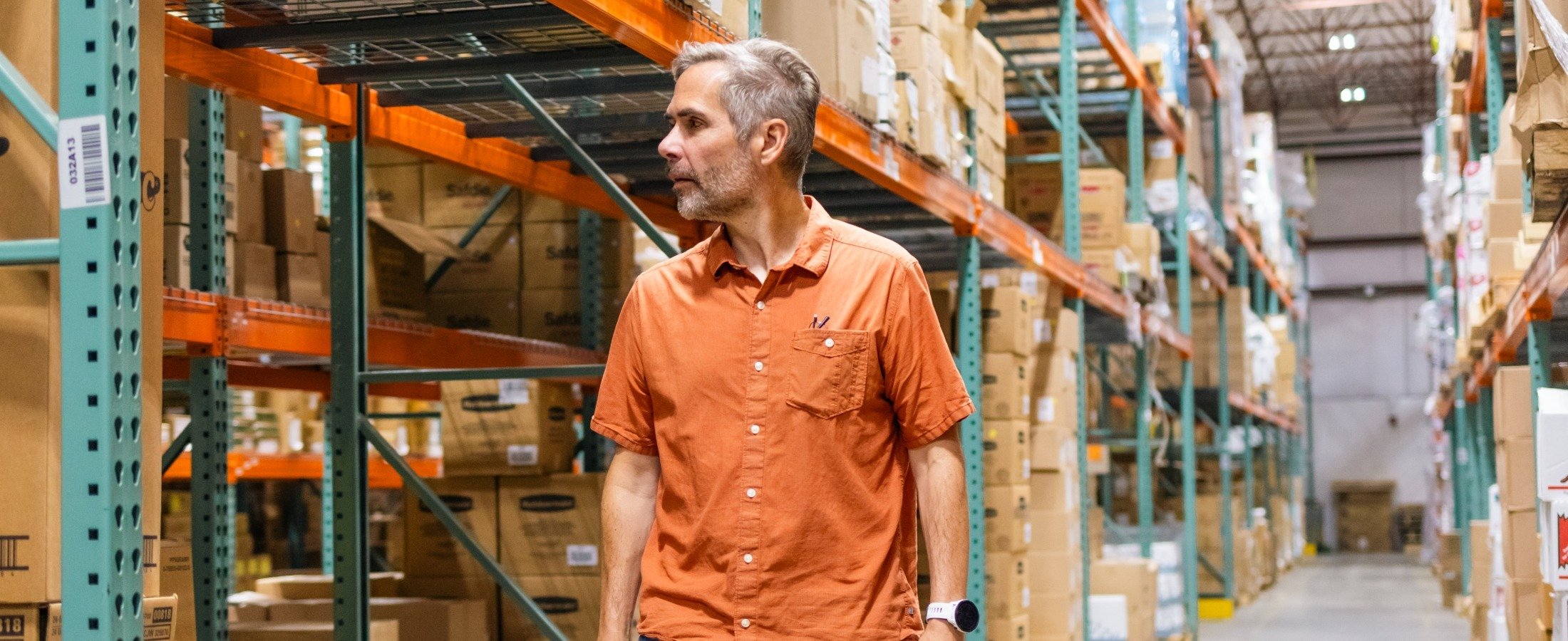Should Every Store Order Like Your Strongest Retail Location?

Updated: 8/25/2025
If you’re a multi-location retailer, chances are you’ve asked yourself this question: Should every store order like your strongest store?
It seems like a logical idea. After all, if one store is consistently outperforming the others, why not just copy its inventory strategy across the chain? But while tempting, this “copy and paste” approach misses the real driver of retail success: your customers.
In this post, we’ll look at why inventory optimization isn’t just about what’s selling — it’s about who’s buying. We’ll also explore how customer data can guide smarter assortment decisions, how to think about new product introductions, and how recognizing your influencers and “subscribers” can give you an edge.
Why Copying Your Best Store Doesn’t Work
Your strongest store isn’t strong because of the SKUs on the shelf alone. It’s strong because of the customers who shop there. Demographics, shopping habits, and even store visit frequency all shape its performance.
At FieldStack, we often remind retailers: you’re not serving products — you’re serving people. Optimizing inventory based only on what sold last week or last month assumes demand is the same everywhere. In reality, the mix of customers at each location is unique, and so are their needs.
For example, in pet retail, one urban store may see repeat purchases of specialty grain-free foods and high-end collars, while a suburban location moves far more bulk dog food and cat litter. If the suburban store simply mirrored the urban store’s orders, it would quickly end up with overstocks in the wrong categories and gaps in the essentials its customers actually want.
Inventory Optimization Starts with Customer Understanding
The real question isn’t what sold best? It’s who bought it?
When you look at your customers instead of just the products, you start to see things more clearly. In every store, there are patterns — regulars who come in like clockwork to pick up the same items, people who are always the first to try something new, and shoppers whose habits are so consistent they’ve basically created their own subscription without signing up for one.
Those are the folks who really drive your business. If you know who they are and what keeps them coming back, you can shape your inventory around them. That means making sure the everyday staples are always in stock for your loyal repeat customers, while also leaving room for the early adopters who push new products into the mainstream.

Above: Understanding your customers can help you drive more repeat visits to your stores.
Introducing New Products the Smart Way
Of course, inventory isn’t just about keeping the basics in stock. Retailers are always adding new items — think of the wave of smart feeders, pet tech, and other innovations that just came out of SuperZoo. The question is: how do you know which of those products to test, and where?
This is where customer-level insights make a big difference. Not every shopper is ready to jump on a new product category. But some are — and those customers are disproportionately important because they can accelerate adoption. By identifying your early adopters — the ones who tend to buy first and influence others — you can test and introduce new items in a targeted way. Stocking heavily across the chain too soon risks tying up capital in unproven inventory. But aligning new products with your known influencers helps you manage risk, generate buzz, and learn what resonates before scaling up.
The Story of Jack: Why “Who” Matters More Than “What”
This idea goes back to FieldStack’s roots. Years ago, when our founder Brett Wickard was running a retail chain, he noticed one customer — Jack — who consistently bought items before anyone else. A few days later, other shoppers would start buying the same products Jack had chosen.
It wasn’t just coincidence. Jack was an influencer before “influencer” was a marketing term. Recognizing Jack’s role, Brett realized it was more important to know who was buying than just what was selling. That insight led to the loyalty software that ultimately evolved into FieldStack’s unified commerce platform.
And that’s why the answer to our opening question is clear: every store should not order exactly like your strongest store. Every store should order like its customers — the real people walking through its doors.
Bringing It All Together
Balancing consistency across your chain with the flexibility to serve each store’s customers is tough. But it’s not out of reach.
With the right platform, you can pull everything into one view. FieldStack, for example, helps retailers connect the dots: it shows you who’s buying and how often, it keeps the right products flowing automatically, and it gives you the visibility to stop overstocks before they happen. Instead of jumping between systems or relying on hunches, you’ve got a single picture of what’s happening across your stores and online.
When you work that way, you’re no longer guessing. You’re making inventory decisions that actually fit your customers — the people you’re in business to serve.
Final Thoughts
So, should every store order like your strongest store? Not quite. The smarter approach is to recognize the unique mix of customers in each location and build around them.
When you focus on who’s buying instead of just what’s selling, you set yourself up for better replenishment, smoother product launches, and stronger loyalty across your whole chain.
Want to learn more about how unified commerce can improve your inventory management? Keep reading here.